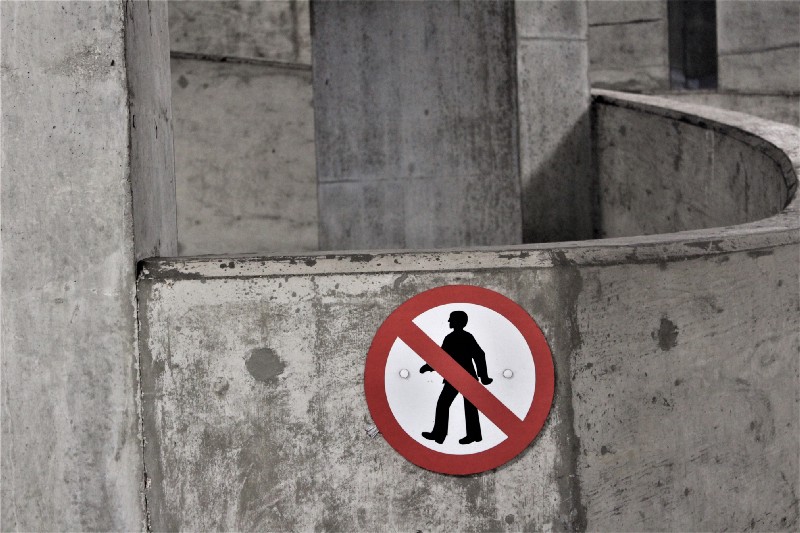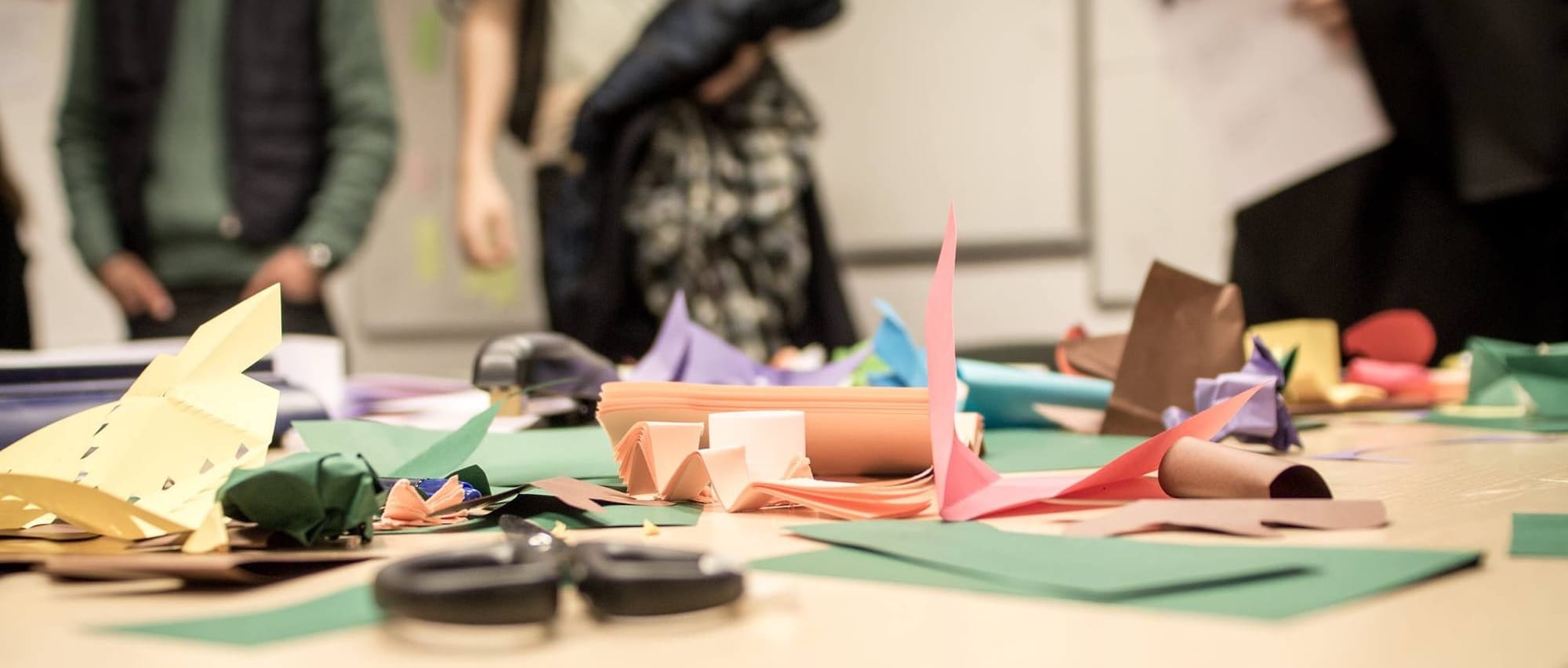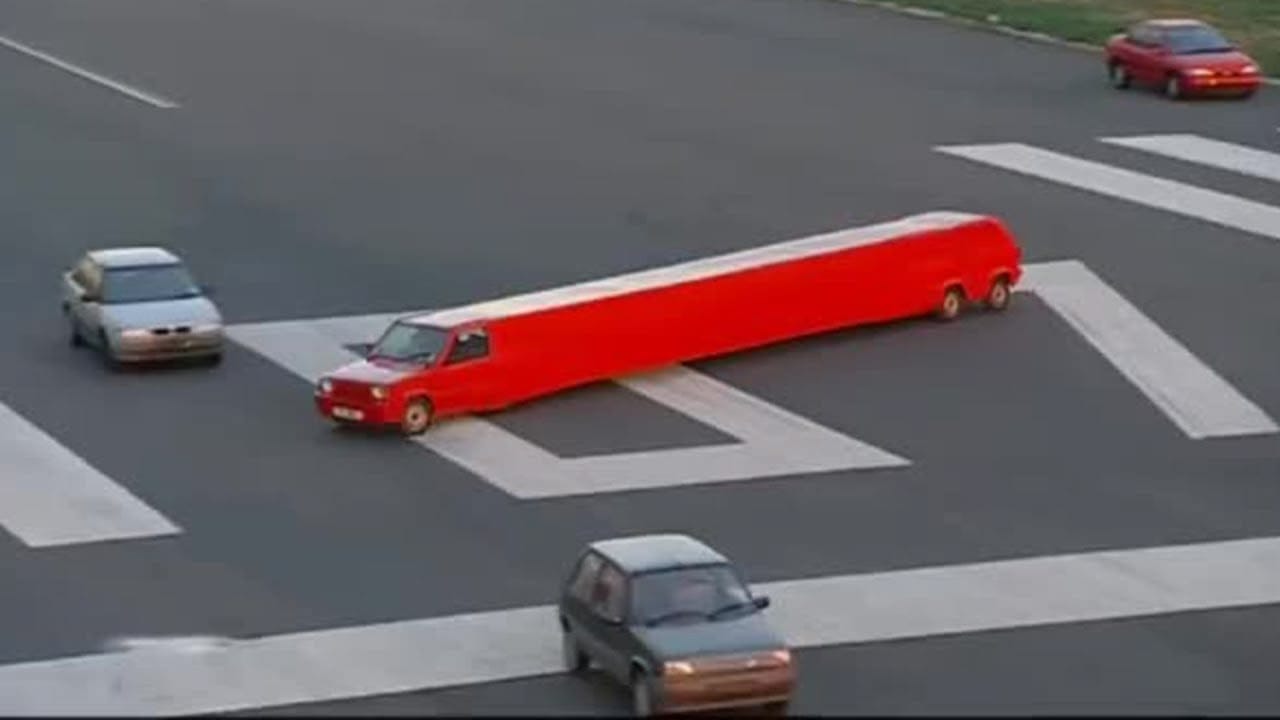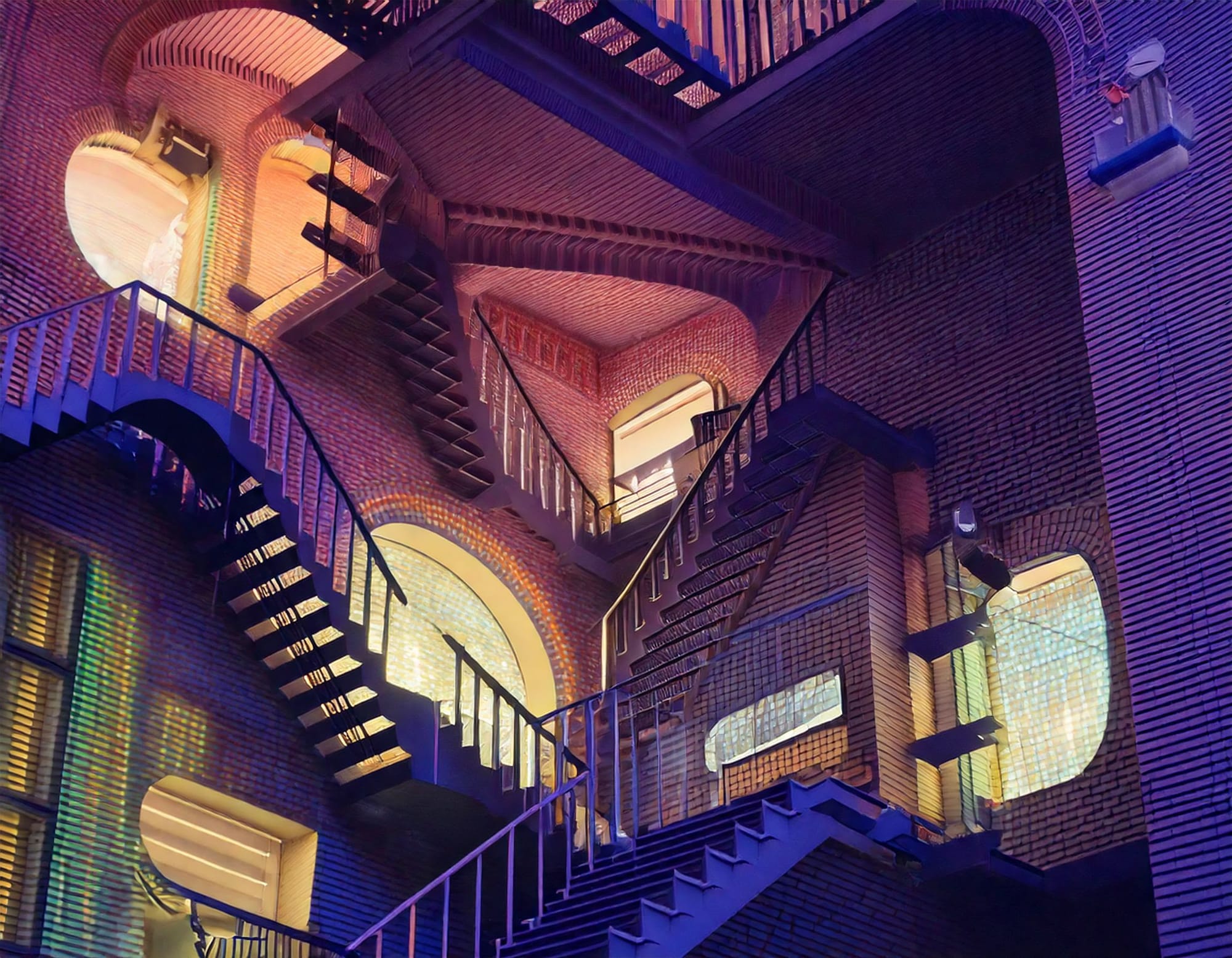Define boundaries, find opportunities, and build evaluative criteria.

Hi everyone, Kevin here.
I recently had a great conversation with Daniele Catalanotto about the idea that sometimes it’s easier to define what something is not instead of what it is. Here a few notes about that conversation.
This conversation is part of a series of Podcasts for Design & Critical Thinking with Daniele (hold in French). Daniele Catalanotto is a Service Designer in Switzerland and is the founder of the Swiss Innovation Academy and the Service Design Magazine.
For those of you who don’t speak French –or just don’t want to listen to us thinking out loud– here’s the summary of this conversation in English. Also, find below a video version, available on YouTube with automatic-translation subtitles.
🌟 Subscribe on YouTube to be notified when new episodes are out!
What do we mean with negative definitions?
Negative definitions are the idea that instead of defining what something is, you define what something isn’t. For example, if I had to define what type of car I want to buy, I can say: I don’t want it to be a truck, neither a limousine.
Imagine a strategy game like Civilization. When you start, a thick fog covers the entire map and most of the terrain is hidden to all participants. You can move your pawns to uncover more of the map but note that you actually see the terrain as far as your pawns can: a few cells around. Your map only “captures” important events, such as mountains, cities, rivers, etc. but other players’ moves and their pawns are always hidden to you except if at sight range: i.e. the map isn’t the territory.
Of course, in this case, the map is defined, has limits, and one of the goals is (obviously) to uncover it all. But let’s say, for the sake of the argument, that the map is undefined in the sense that it has no clear limits.
Here, going by the negative could mean intentionally not exploring some areas of the map, and therefore drawing some boundaries to a complex situation.
Why is that? Well, some clues here:
- Prior experiences: people that experienced the challenges so far know what consequences had negative impacts on their lives.
- Negativity bias: we all have a tendency to remember better negative events even when of equal intensity to positive ones. This bias makes negative events more salient as they require more cognitive resources to process.
Interestingly, we have more differentiated terms and vocabulary to explain negative things.
A good tool for the start of projects
This way of defining things by the negative is especially interesting when the project you are working in is hard to grasp and the limits of the project aren’t clear to all stakeholders involved in it.
I use this type of negative definition especially at the start of the project. For example, at the start of a digital transformation project in a company, the team might define that: this initiative should never track employees. This becomes then a design principle for the rest of the project.
Daniele uses these types of negative definition even before projects start. While he is in the sales process he always shows what the solution he is offering does, and what it doesn’t do.
A good evaluation tool
Once you have defined the “don’t” of a project or the negative boundaries you can re-use after the start of the project. For example, you can ask yourself: “Does this feature that we are adding respect the fact that we don’t want to track employees?”
Explore and be critical
If you are interested in the topic of negative definitions we compiled a list of links and resources that might help you explore this topic by yourself and build your own opinion about it.
Show me what you won’t do for me
How to better manage customer expectationsservice-design.co
Negativity bias | Wikiwand
The negativity bias,[1] also known as the negativity effect, is the notion that, even when of equal intensity, things…www.wikiwand.com
What is Worst Possible Idea?
Worst Possible Idea is a Design Thinking technique where team members seek the worst solutions in ideation sessions…www.interaction-design.org
To Come Up with a Good Idea, Start by Imagining the Worst Idea Possible
Executive Summary There are many creative tools a designer uses to think differently, but none is more…hbr.org













Discussion